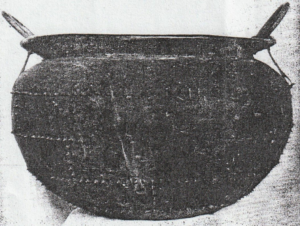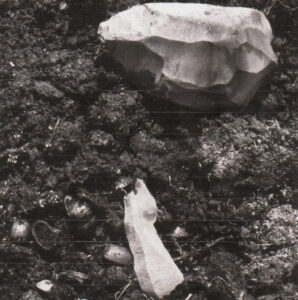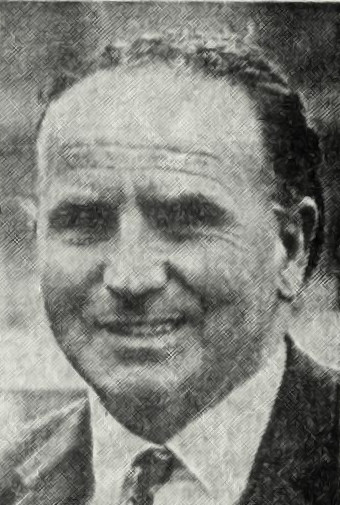They say “Time and tide waits for no man” this may be one of the oldest statements recorded in history and one we truly realise as we age that time really is unstoppable. Looking back through recorded history and that of our parish, I am Drawn to wonder what life must have been like for those early settlers and the risky voyage to come here some 7000 years ago or more, and what struggles they must have had to conquer a piece of overgrown land and the relentless fight over generations to gain a right to own it.
However, History does give us many valuable warnings that Hunger, Famine, and war are all simply blunders that could have been avoided under different circumstances. A great deal has changed since then, the intervening centuries now offering more hope, an identity and more promise, the one-time slow pace of everyday life and the deep-rooted feeling of belonging has now been replaced by a fast-moving modern society, ever changing living styles and the hope of a better future. Our ever-expanding towns, cities and ports have become a lure to our youth with endless possibilities of riches and a better life far away from our parish, with modern transport becoming more efficient and more readily available, the dividing line between town and country seems to be fading with every passing year.
Nevertheless, one thing is clear, Streete today is no different to other parishes around Ireland, New history is in the making. The many derelict houses around our parish a consequence of our failings as generations moved away or families died out have now become home to a new generation of settlers. The once Irish born and bred has now made way for a new breed of Irish, Black, and mixed-race Irish people largely absent from history in the past, will now take a well-earned place in the history books of our future.
Bear with me as I take you on a brief look back at our past and further along you will have an opportunity to help me fill in the spaces and make new history.
There is much to learn from our history and much of which we should be proud
Streete in pre-Celtic times was home to a tribe named the Breacaighe, hence the name "Straid Mighe Breachaighe" meaning the "Trout People" or "the village of the speckled plain". According to the Boundary Surveyors sketch from the Ordnance Survey of 1837-38, it states the parish of Streete is called by the few people who speak Irish as "Parraiste na Straide".
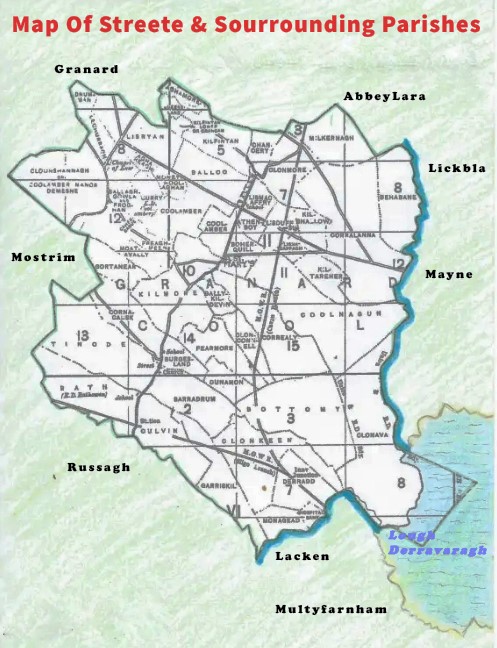
Map of Streete and nearby Districts.
The Parish of Streete is bordered by neighbouring parishes Granard and Abbeylara to the north, Coole/Mayne and Multyfarnham to the east, Rathowen / Rahaspic to the south and Edgeworthstown to the West.
Today, Streete is a thriving community with a population of 803 people. We are centrally located in the North Midlands, R395 Delvin to Edgeworthstown and just 5 minutes from the N4 on the L1927, close to the main N4 Dublin to Sligo Road at Rathowen Church midway between Mullingar and Longford. We are only 20 minutes from Mullingar or Longford, half hour from Cavan and 1 hour from Dublin Navan or Athlone.
Our Parish Is Steeped In History
From Great Battles To Great Discoveries.
Streete is recorded as a Roman Catholic parish within the diocese of Ardagh and Clonmacnoise and is coterminous with the civil parish of Streete. Streete Parish is divided into two counties; Westmeath and Longford. Records claim it has been inhabited for about 7,000 years. Traces of Mesolithic settlement have been found at Corralana Bog near the River Inny and the shorelines of Lough’s Kinale and Derragh and Lough Derravaragh also at Kilmore and Queenstown.
The Norman Arrival & Power Struggles
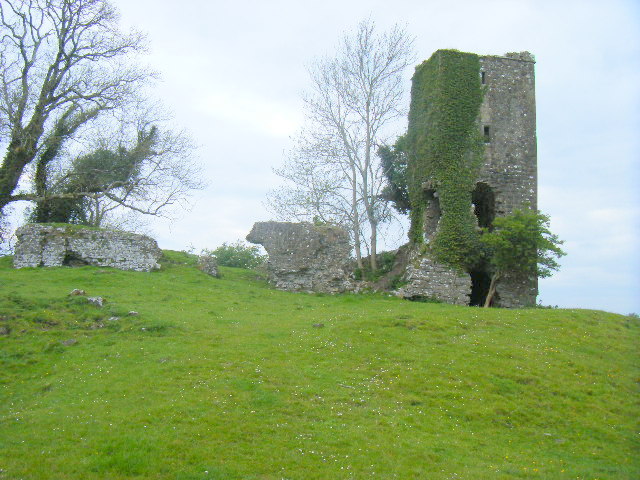
Nugent's Castle Coolamber
The late twelfth century saw the arrival of the Normans in Westmeath. The main Norman families to settle in the Streete area were the Delameres and Nugents. The Delameres became the local lord, building a castle in Streete and controlling territory known as ‘Delamere Country’. In the sixteenth century , Myler Delamere was known as ‘Delamere of the Street’.
The Delameres and the O’Farrells fought numerous battles as they struggled for control over this part of Westmeath. On one occasion, thirty five O’Farrells were killed and their heads sent back to Mullingar to be stuck on the castle wall.
On another occasion, the O’Farrells burned the Bishop of Ardagh to death because he was an Englishman and presumably a Delamere supporter. Streete castle was captured by the O’Farrells in 1295 and recaptured by the Delameres in 1310.
Over time, the Delameres adopted the Irish language and culture and Gaelicised their name to MacHurbert. However, they remained loyal servants of the English Crown. In 1571, Myler and Edmund Delamere were appointed as Chief Sergeant and Under Sergeant of Delamere’s country. Their duties included ‘apprehension and commitment to jail of any malefactor’s rebels , vagabonds , rhymers , Irish harpers’ and all such unprofitable members.
In the seventeenth century, the Cromwellian and the Williamite settlements cost many of the O’Farrells , Delameres and Nugents their land and new landowners arrived in north Westmeath and a substantial Protestant population began to be established. In 1657, there were 246 people living in the parish of Streete. Local surnames include Farrell , Nugent , Walsh , Tuite , Nangle , Delamere , Harte , Casey , Caffrey , Loughran , Kenny and McLoughlin.
The 1798 rising reached Streete in the first days of September. Local members of the United Irishmen rose up seeking to take control of the district and to join forces with Humbert’s French army marching east from Mayo. Some 200 United Irishmen from Streete and Rathowen were assembled in Streete on September 4th under the leadership of Michael McCormack and Willy O’Keefe. Their military success was brief. They defeated the Mostrim Yeomanry from County Longford but were soon defeated themselves by crown forces at Granard and Ballinalack and many of their leaders were imprisoned or executed.
“Sraid Maighne Breacraigne”
The village Of Streete takes it’s name from an ancient tribe that inhabited this area of Westmeath called the Breacraigne.
Close to the village of Streete stands a beautiful moate which gives it’s name to moatland, a subdivision of the town land it is surrounded by. One wide fosse witch is said to be of more recent erection and kept in excellent preservation. The whole area of this parish is dotted with mounts or moates, possibly more than any other surrounding parish in the area In 1831, there were 4,362 people living there, 2,993 in the Westmeath section. By 1841, it was down to 3,905 (2,732 in Westmeath), scattered in 648 houses. There were four hamlets in the Westmeath section – South Tinode, Middle Tinode, North Tinode and Boherquill. Tinode, or ‘Tigh an Fhóid’, means 'House of the sod'. There is also a moate here.
Christianity's Arrival & Sacred Sites
Christianity reached the district in the late 5th century. Tradition holds that St. Patrick visited the area. After crossing the Inny River from Coole, the annals record that St. Patrick established a church in Streete. This is claimed to be the first church in the Diocese of Ardagh . Near Streete is Rathaspic, where four Bishops are said to be buried.
St. Fintan was believed to have been a Sixth or Seventh Century Saint and is reputed to be buried in a mound at Kenard at Clonmore, 1km north of Lismacaffrey on the bank of a river. There is a tradition of a Nunnery or Monastery on this site. Part of the area is known as Cluid Cam - The Crooked Ditch - which could denote a circular Monastic enclosure. St. Fintan was believed to have a church in Queensland in this parish, but no trace has been found. St. Fintan’s Well is at Kilfintan not far from his said burial place.The well was formerly called Tubberfintan, and was situated in a town land called Queensland. Fr. William Monghan P.P put a stop to the visits to the well about 1770. The well was neglected until 1905, when Con Fagan of Lismacaffrey erected a cross and paling around it. Stations were being held there on the First three Sundays of Harvest (August) . The well is still visited by some people who bring a piece of string or cloth and tie it to the bush or throw coins in the well, and the Rosary is said. The well is believed to have certain cures.
Another ancient well around Streete is called Tobber Needie, or the Well of Needie. It is situated in the middle of a big field now owned by the Meehen family at Rath. It is said that it is enchanted. When St. Fenchin was hiding for the soldiers he washed his feet in it. About ninety years ago, it started flooding the land, and loads of stones were put into it to try and close it in. It remained closed for one day and then it burst open.
Politically , Streete in early Christian times belonged to the Kingdom of Teffia , a territory ruled over by the O’Farrells. Teffia covered much of modern Counties Longford and Westmeath and was one of the most important Midland kingdoms. When Dioceses were created in the mid- twelfth century , Streete became part of Ardagh.
The Parish Of Streete
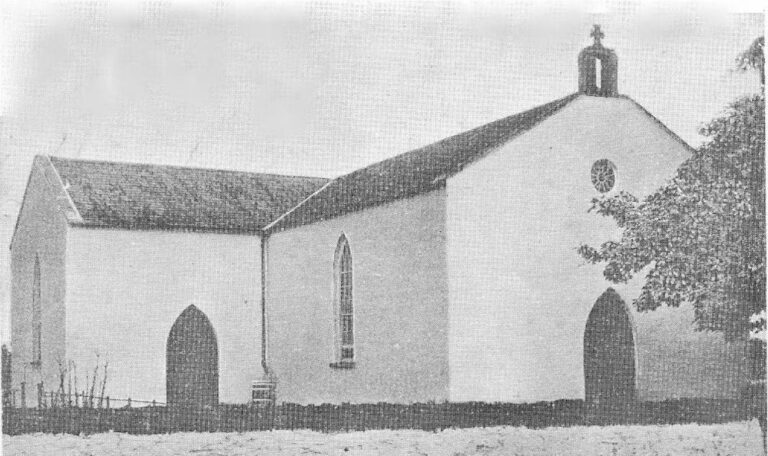
[circa 1812] Rededicated 2012
The river Inny whose original name was the Eithne divides the Diocese of Ardagh and the Diocese of Meath. Three bridges span the Inny on its way past the parish. Float Bridge, then Coolnagun Bridge before entering Lough Derravaragh (Irish: Loch Dairbhreach) where our Parish reaches out into One of the Jewel’s of Westmeath, Lough Derravaragh. Derravaragh is Irish for "Lake of the Oaks", or "Lake of the oak groves".
Lough Derravaragh is also famous for the legend of the Children of Lir. It then flows out under Clonave Bridge on its way out to meet up with Lough Ree, where the three counties meet - Longford Westmeath and Roscommon.
As mentioned, traces of Mesolithic settlement have been found at Corralana Bog near the River Inny and the shorelines of Lough’s Kinale and Derravarragh also at Kilmore and Queenstown.
Streete's Evolution in the 19th Century
The early nineteenth century saw the disappearance of the Irish language from the Streete area and the beginning of emigration to Britain, America, Argentina and other lands. John O’Donovan visited Streete in 1837 and noted in his ordnance survey letters that ‘the inhabitants of this part of Westmeath have lost the Irish language and forgotten their old traditions. I was never in any part of Ireland where the people know less in this way".
Despite emigration, the nineteenth century saw much building in the area. The Church of Ireland and Roman Catholic churches date from this period. In County Longford, part of Streete parish was Coolamber House, an 18th century building belonging to the Nugent family and to Hugh Maguire, who married into the Nugent family. Close to Coolamber stands a 17th century cross on which is carved a request to pray for the souls of Thomas Nugent, died 1638 and his wife, Rose Tyrrell.
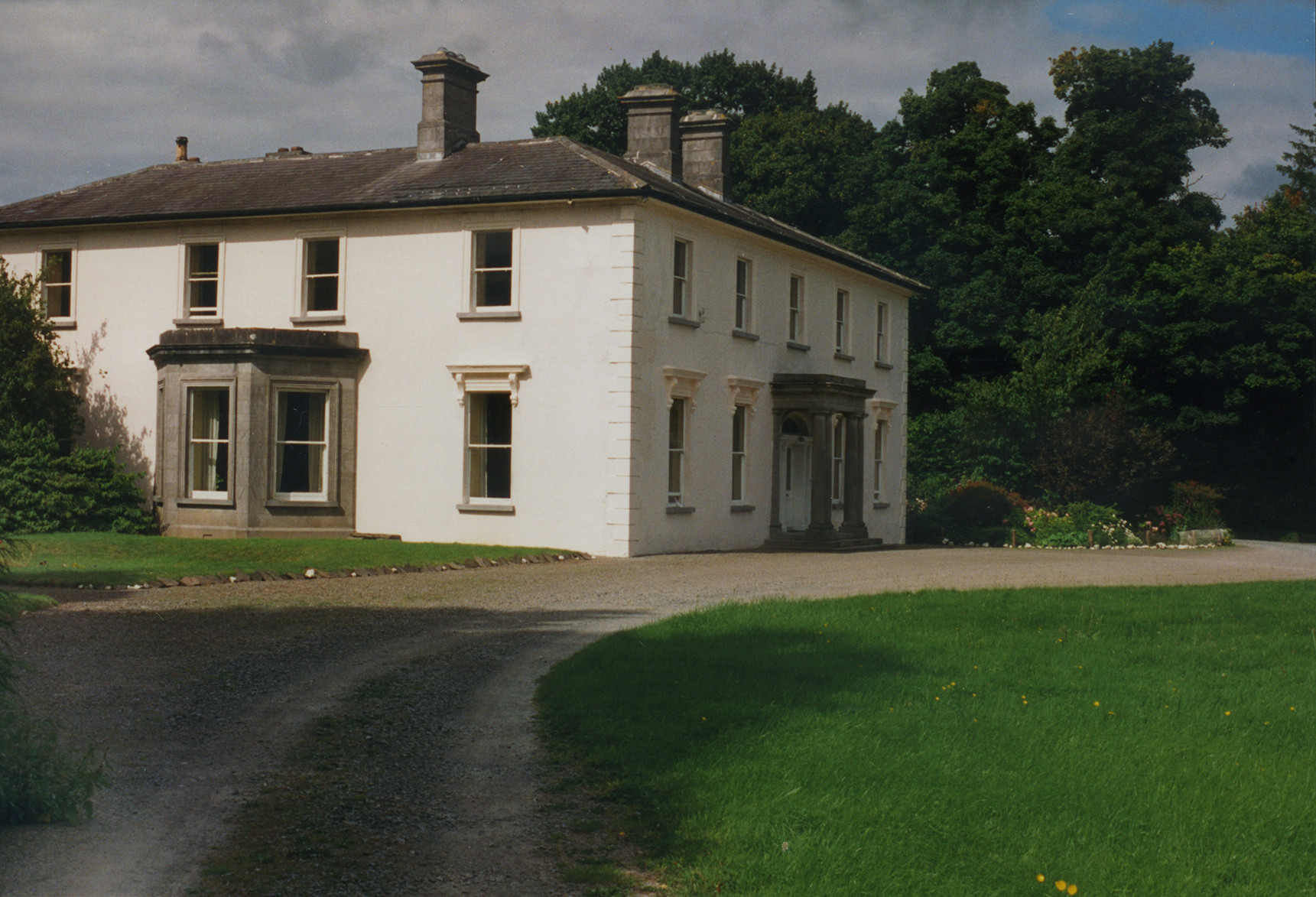
The most important house in Streete is Daremona. In the second half of the 19th century, Daramona became, in the words of one astronomer “a site of enormous significance for the development of astronomical science". Daramona was a place in astronomy comparable to Kitty Hawk in Aviation.”
Daramona was the home of William Wilson, one of the 19th century European leading astronomers. In 1871, Wilson built a private refractor at Daramona. In 1881, he built a larger observatory and also a physical laboratory. Wilson carried out the first accurate measurements of the sun's temperature, the radiation from sun spots and the first electrical measurement of starlight. In 1896 he was honoured by his work by being elected a fellow of the royal society.
Wilson’s astronomical work was continued by his nephew, Kenneth Edgeworth. Born at Daramona in 1880 and trained there, Edgeworth served in the British army as an engineer before retiring to Dublin where he worked at Dunsink and wrote a number of books in astronomy. He was particularly interested in planetary formation and in 1949 he suggested the existence on the outer edge of the solar system of an orbiting belt of material leftover from the creation of the planets.
Some of the material could enter the inner solar system from time to time and appear as comets or even help to form planetary rings such as those around Saturn. This belt of material has since been proven to exist and is named in honour of Edgeworth and another astronomer Gerald Kuiper, who had the same idea. The ‘ Edgeworth-Kuiper Belt’. The recent discovery that Saturn’s rings are composed of ice also lends weight to Edgeworth’s theories on how the rings were formed.
Kildevin House is one of Streete's Georgian houses. Kildevin is a 2 storey house with a basement and a viewing piece on the top of the house. This house was built to designs by the original owner, Robert Sproule, who was a landlord in the Streete area during the mid nineteenth-century. Sproule was an authoritarian figure of much local notoriety and, apparently, he used the basement of Kildevin House as a temporary prison from time to time. Some of the cast-iron chains and restraining devices are still intact. A 'police station' was located to the west of the house, within the grounds of Kildevin.
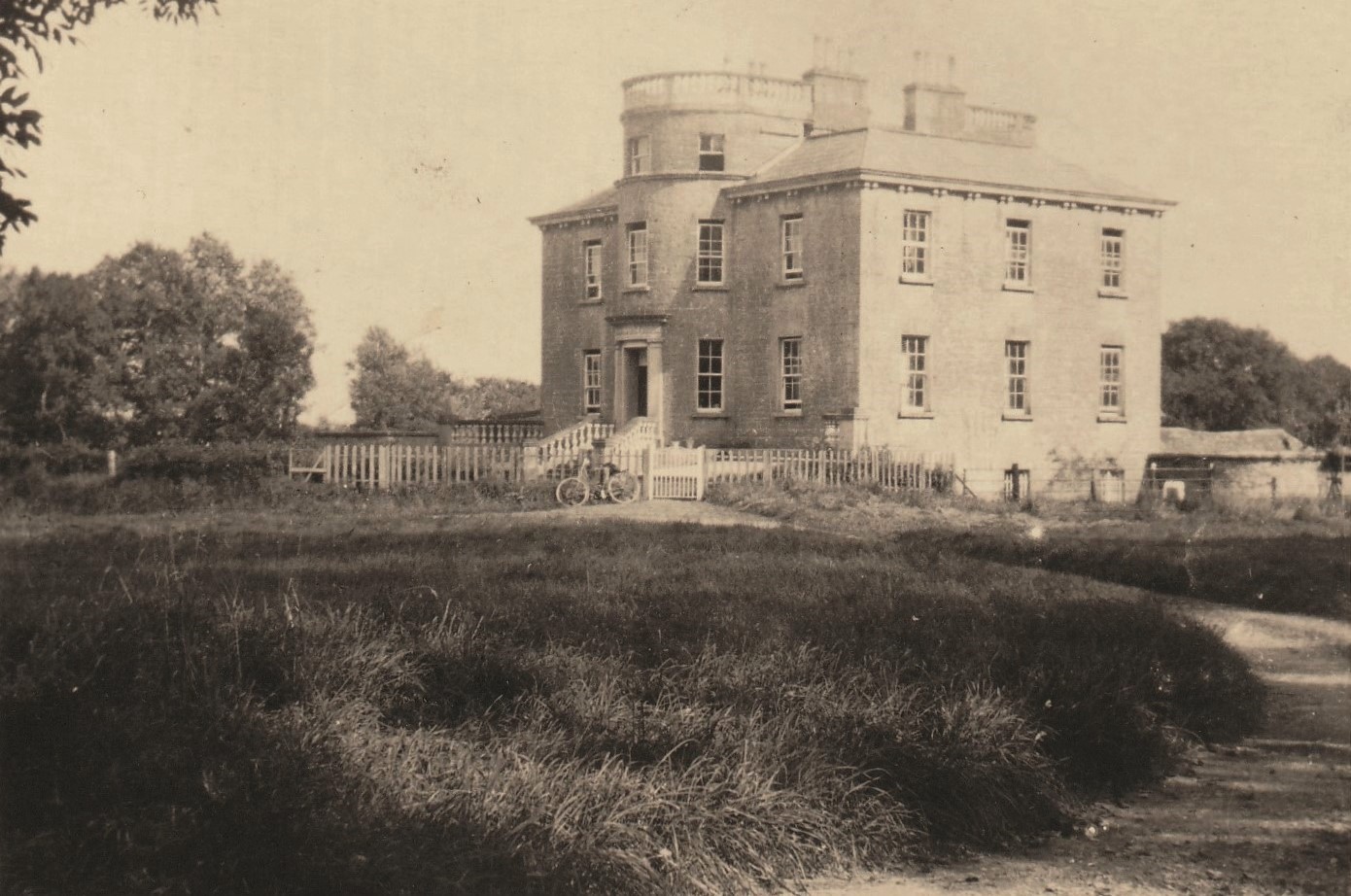
Perhaps the curious designs to Kildevin House can be attributed to the authoritarian nature of Sproule as he could have used the balustraded towers to keep an eye on local activities and, subsequently, for intimidation purposes. The house was later the home of the Tyndall Family and of Edith Wise, a cousin of William Butler Yeats and it is believed that Yates stayed in the house on several occasions. William Butler Yeats's daughter Mary Lettitia Grace died in the house while visiting her daughter who was living there at the time.
A Railway Connection to the Past
2005 marked the 150th anniversary of the ‘extension of the Midland Great Western Railway from Mullingar to Longford’. A station was set up at Inny Junction which served people from the Streete area, providing rail connections to Longford, Sligo, Mullingar, Dublin and Cavan through to Belfast. The Float station derives it’s name from a barge crossing two miles east on the River Inny. Float station was part of the 26 mile Cavan branch that left the MGWR Mullingar - Sligo mainline at Inny junction 10 miles north of Mullingar.
Inny Junction station didn't have any road access, making it the only railway station in the British Isles not to be serviced by a road. Rumour would have it that Michael Collins often used this line when on the run during the War of Independence to visit his girlfriend Kitty Kiernan in Granard.
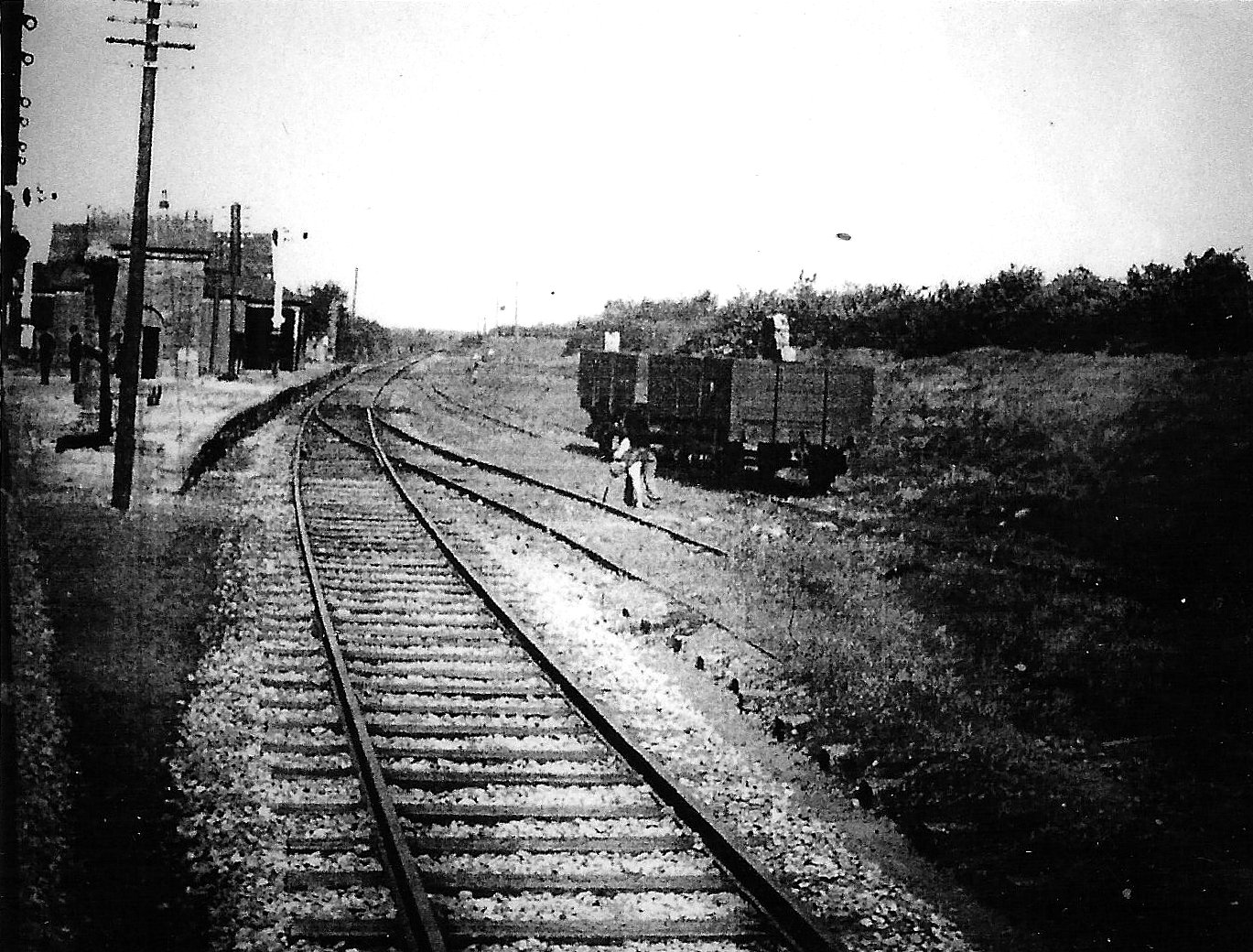
Built in 1856 by the famous Irish railway engineer William Dargan, the branch ran through sparse country to connect with the Great Northern at Cavan giving MGWR its inland link to Belfast and the six counties. Despite this, traffic levels were always limited and services came to an end in 1960 as a consequence to the GNR closure of the Cavan link in 1957.
20th Century Political Learning & Sporting Achievements. Politically, the majority of Streete’s people were supporters of Irish nationalism during the nineteenth century. People from the village travelled into Mullingar to hear Daniel O’Connell’s call for Irish self-government in 1843 and later on Parnell St. The Land League were also popular in the district as was the firebrand Nationalist and land campaigner, Larry Ginnell. A Streete Corps of the Irish Volunteers was founded in 1914 and several local men fought in the War of Independence, but several locals also served in the British army during World War One and most of the local Protestant population would have been unionists up until 1922.
Charles Fagan born in Lismacaffrey on 1 October 1881 – 8 May 1974) was a politician and farmer. He was first elected to Dáil Éireann in the 1933 general election as a National Centre Party Teachta Dála (TD) for the Longford–Westmeath constituency. He became a Fine Gael TD in September 1933 when Cumann na nGaedheal and the National Centre Party, along with the Army Comrades Association merged to form the new party of Fine Gael. He was elected as a Fine Gael TD for the Meath–Westmeath constituency at the 1937 general election.
He was re-elected at the 1938, 1943 and 1944 general elections. He left Fine Gael in 1948 and was elected as an independent TD for Longford–Westmeath at the 1948 general election, and was re-elected as an independent TD at the 1951 general election. He re-joined Fine Gael in 1954 and was elected as a Fine Gael TD for Longford–Westmeath at the 1954 general election, and was re-elected at the 1957 general election. He did not contest the 1961 general election.
Another local man achieved time as a sports star and politician in the twentieth century. Born in 1917 in Streete , Gerry L’Estrange won scores of medals for running in the 1930’s and 1940s . He was a Lenister Champion nine times and several times narrowly missed out on an all-Ireland medal. He was also a skilled hurler. He later embarked on a political career as a Fine Gael TD for Longford/Westmeath. He saw government service as a Minister of State and was one of Ireland’s first Euro Mps in the 1970s. He was famous for his passionate no-holds barred debating style and was several times expelled from the Dail Chamber. He retired from politics in 1987 and died in 1998.
Like many other parts of Ireland , Streete endured decades of high emigration and poor employment prospects before the economy finally turned. As elsewhere, technological innovations such as electric light and later the arrival of telephones, television and computers transformed life for the people of the area.
A River Runs Through It
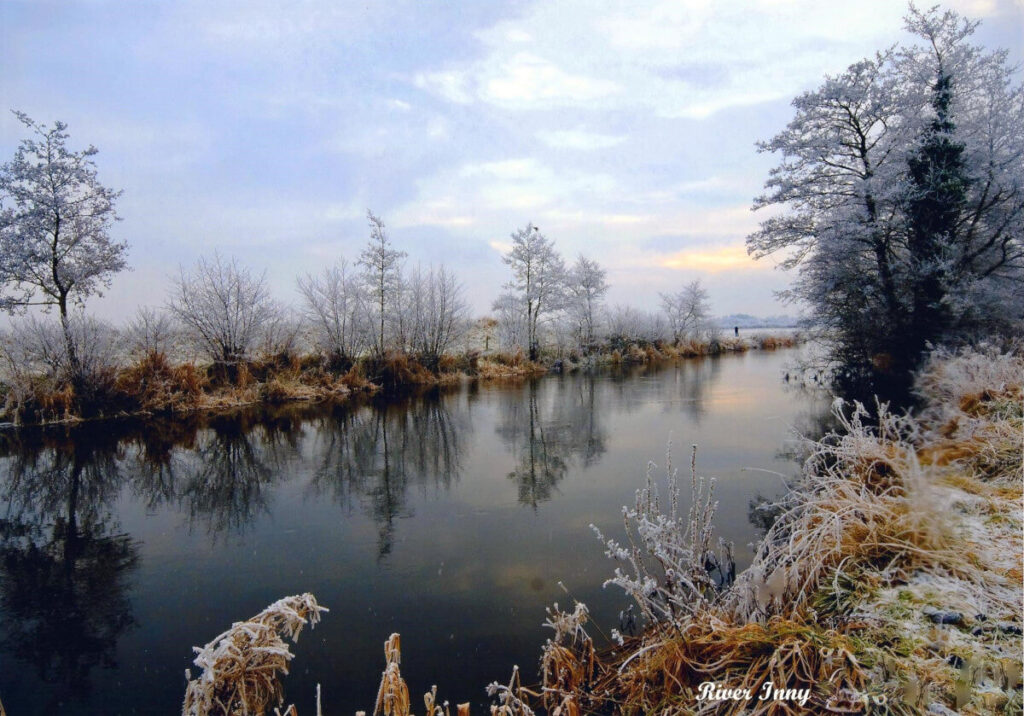
River Inny
The River Inny, is a main tributary within the Shannon River Basin and one of the largest rivers in the midlands. It was originally named An Eithne and is sometimes referred to by anglers as the Lower Inny. It majestically runs past our parish for about 11 Kms forming a boundary between Westmeath and Longford which divides the Diocese of Ardagh and Clonmacnoise from the Diocese of Meath.
Three bridges span the river on it way past the parish. Float Bridge, and Coolnagun Bridge before the river enters Lough Derravaragh (Irish: Loch Dairbhreach) where our Parish reaches out into its clear icy waters to form one of the jewels in the crown of Westmeath, Lough Derravaragh. Derravaragh is Irish for "Lake of the Oaks", or "Lake of the oak groves".
Lough Derravaragh is one of the most sizable lakes in the midlands. It is also made famous for the mythical legend, The Children of Lir. This ancient story tells the tale of King Lir whose wife Aiobh unfortunately died after the last of her four children was born. In time King Lir remarried but soon his powerful wife Aoife became jealous of the king's love and attention for his children, so she called upon her magic power to cast a spell over them.
In the place of the four beautiful and beloved children once so full of life and spirit, there were now four feathery white swans bobbing on the lake’s shores. This story also forms the basis of the ballet classic, Swan Lake. From Derravaragh, the river then flows out under Clonave Bridge on its way south to meet Lough Ree near Athlone, before flowing south to reach the sea at the Shannon Estuary in County Limerick.
Thank You!
Thank you for taking the time to follow this brief tour of our history. I am continually looking for new information which may have been overlooked or not realised. I would love to hear from you if you have photos newspaper articles or any snippets dating back in time so I can add to our history. If you feel you have something no matter how insignificant please contact me.
I look forward to adding further articles with more in-depth information on various topics on our history and hope that you'll return to enjoy these articles. To get notified about new articles, events and everything happening in our locality please sign up for our newsletter below in the page footer.

